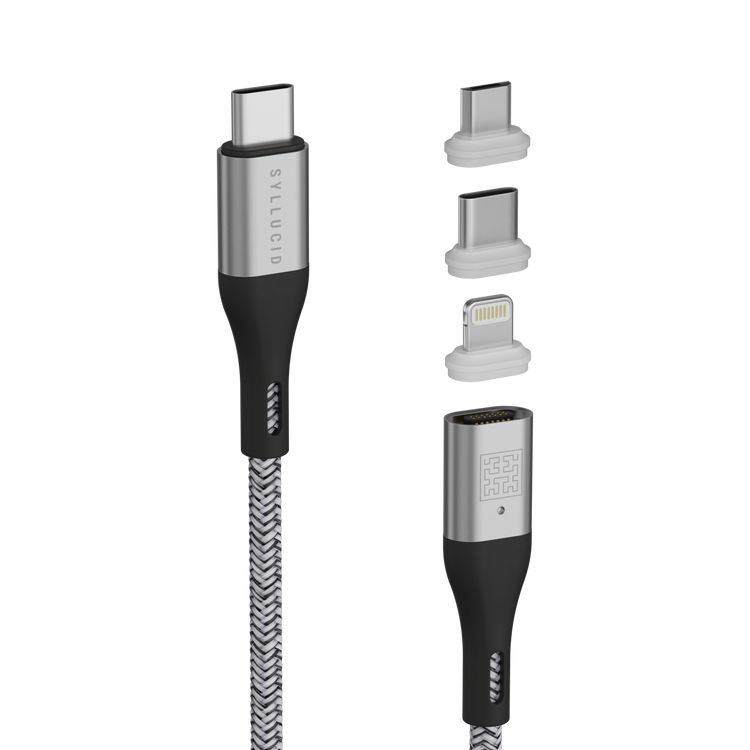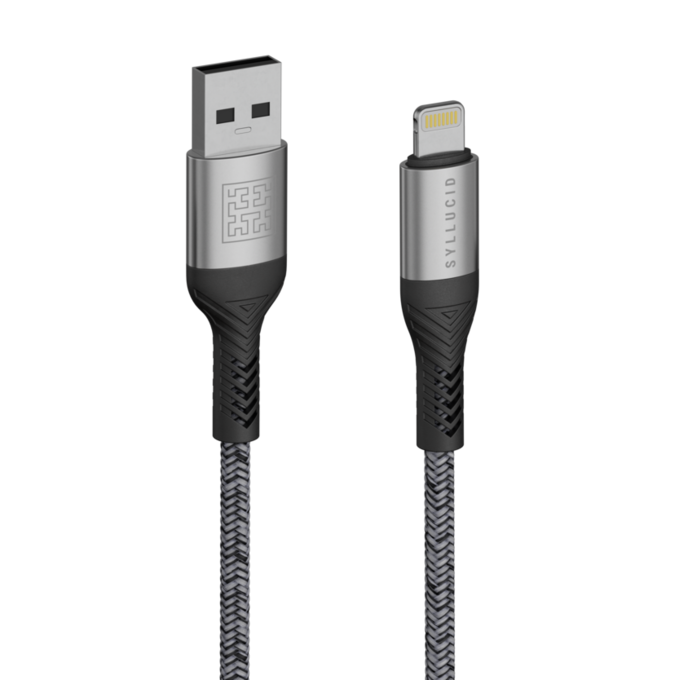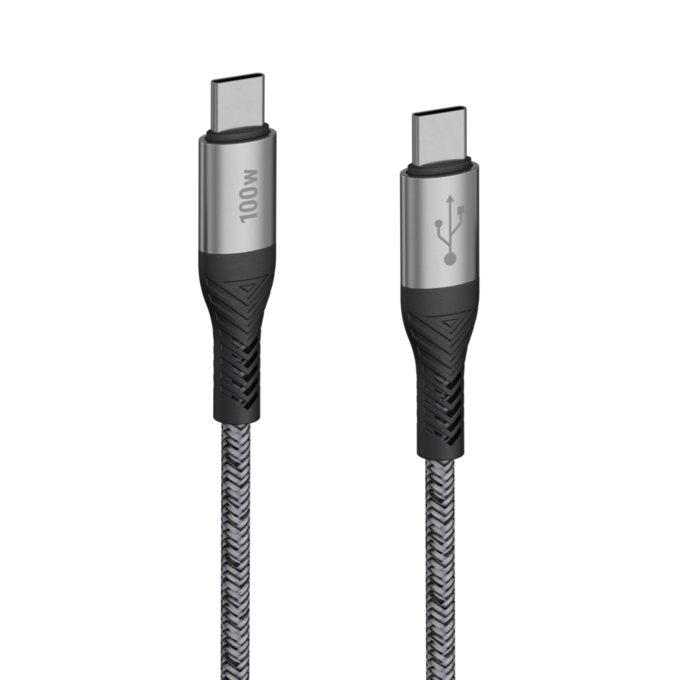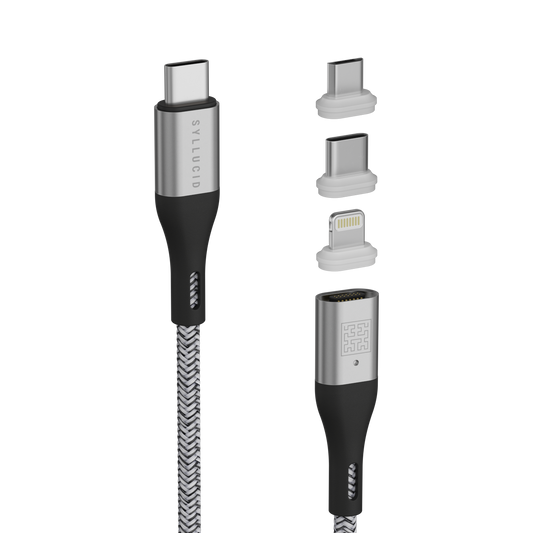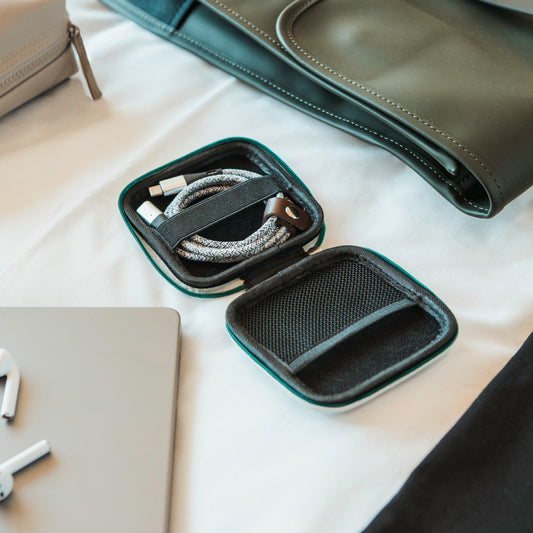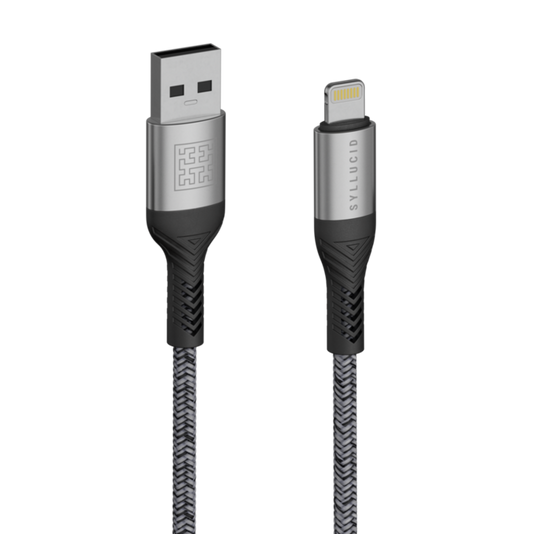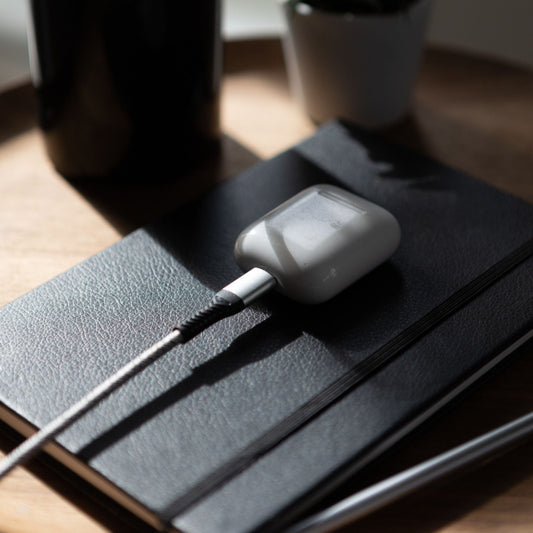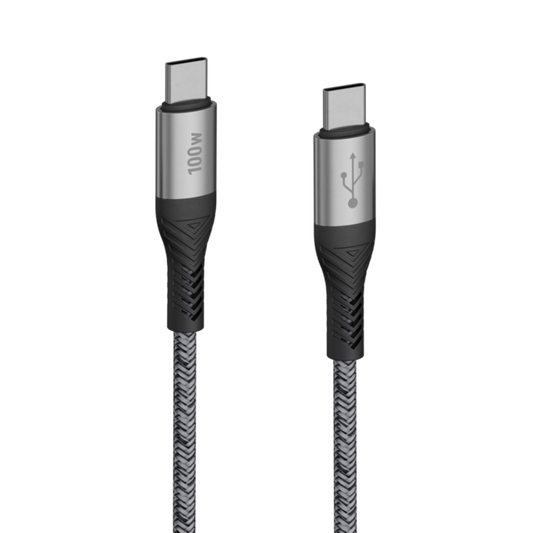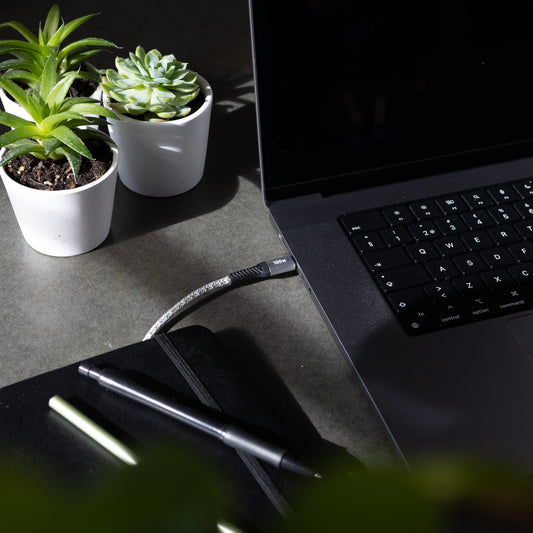Have you ever had the frustration of your mobile phone battery failing and not being able to replace it? Or your charging cable starts breaking after just a year?
The business strategy of planned obsolescence, where products are designed to have a limited lifespan and break more quickly, encourages customers to replace their things with newer models. For example, when your phone screen broke and you tried to change a phone display but they used pentalobe screws, the five-pointed flower-shaped screws that are incompatible with regular screwdrivers. Or the cost of replaceable parts is so expensive, you “may as well” buy a new one? This deliberate practice of poor quality production and strategic design choices prevents easy or affordable fixing with consumer tools.
Fabian Hühne, Co-Founder and MD of Syllucid, shares his thoughts on planned obsolescence.
They don’t make products like they used to.
Consumer obsolescence began with one of the most basic products of all - the lightbulb. Astonishingly, the Centennial Light is a lightbulb still shining a record-setting 115 years after someone first switched it on. You can see it for yourself on a webcam in a fire station in Livermore, California.
In the last century, manufacturers of consumer goods such as cars, electronics, and appliances have been deliberately making poorer quality products with the exploitative and singular goal of boosting sales and profits.
Poor quality electronics have a high climate impact.
The ethics of the practice has rightfully come under scrutiny due to its negative impact on both the environment and people using the products.
The practice of designing products to break quickly or become obsolete in the short to mid-term directly impacts the planet and therefore the climate crisis. It increases pollution, depletion of natural resources and e-waste. Two mobile phones in five years is worse for the environment than one. And just 17.4% of electronic waste is collected and recycled, according to the UN's Global E-waste Monitor.
Making electronics more disposable is a serious waste of resources. For example 1kg of cables is equivalent to 3kg of carbon emissions, not to mention the dirty sourcing of raw metals from miners with dangerous working conditions, unfair pay and the environmental damage caused by mining.
We have a right to repair.
The problem with planned obsolescence is that it fuels a culture of consumption. People are constantly buying new things rather than using and repairing the products they already own. It places a burden on the economy when people have to spend money on new products even when their old ones would still work if they could be fixed easily.
Companies should design products to be easily repaired or upgraded. In 2015, the EU introduced a label stating how long products should last, which has been enshrined in law in France. The European Right to Repair platform advocates for developing longer-lasting products and forces manufacturers to repair broken products and replace their components within ten years in a bid to cut tech waste.

Right to repair, via Stocksy.
A need for durable design.
“Every business should design products for durability and adopt more sustainable business models. Manufacturers can help reduce waste, pollution, and resource depletion while still achieving profitability. Durable design is one of the steps towards a circular economy — We need to increase sustainability and reduce waste in the system immediately.”
— Fabian Hühne, Co-founder and MD of Syllucid
One way to mitigate the negative effects of planned obsolescence is to design products for durability. This means creating products that are built to last, using high-quality materials and construction techniques. An example of durable design is how the humble charging cable can be designed to last longer with bend protectors, braided nylon and more.
Designing for durability is not only good for the environment, it can also be good for business. Durable products can have a longer lifespan, which means customers will replace them less often. This can lead to increased customer loyalty, reaching ESG goals and lower costs associated with having to constantly develop new products.
Durable design is also an approach for the circular economy which is focused on keeping products, components, and materials at their highest utility and value, at all times, and designing waste out of the system. Therefore, designing for durability and prolonging the life of products also reduces the demand for new resources and manufacturing, which can ultimately help in mitigating the greenhouse gas emissions and reducing the pollution caused by processing materials and production.
Four electronics brands that are more sustainable
Some great electronics brands that make their products long-lasting and repairable? We recommend the repairability of Framework, Fairphone, Miele and Repeat Audio, who also have a leasing model. And we love the store Buy Me Once for durable products designed to last.
At Syllucid, we believe electronics should be better for the planet and fairer to people in the supply chain. Our sustainable and fair charging cables are excellent quality, long-lasting and sleek designs to reduce the impact on climate change.
Planned obsolescence has to stop!
Thank you for supporting businesses that are making a positive change. Let’s make obsolescence obsolete.
